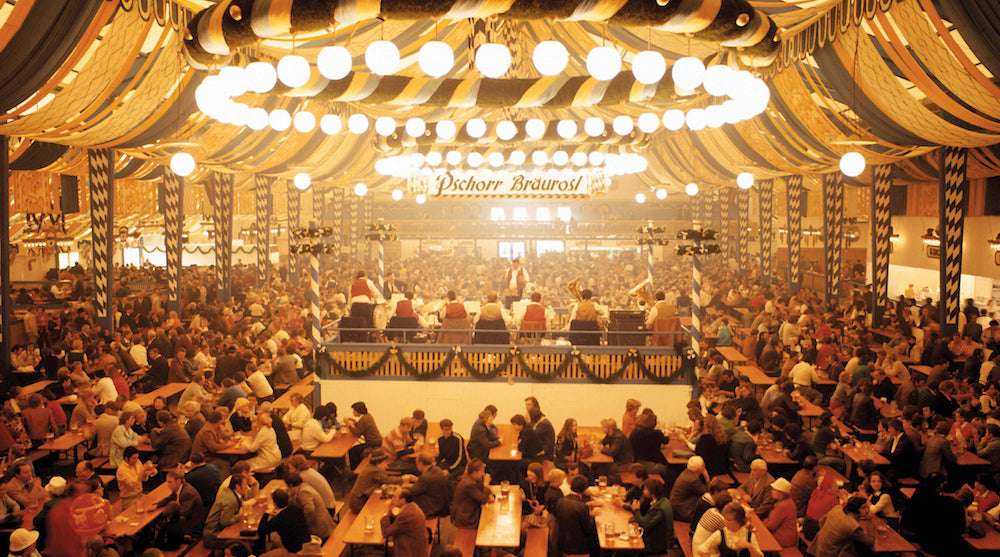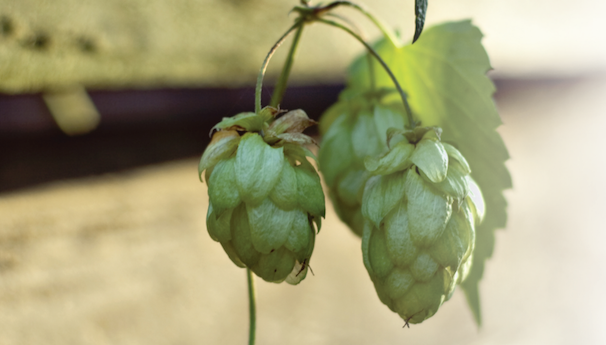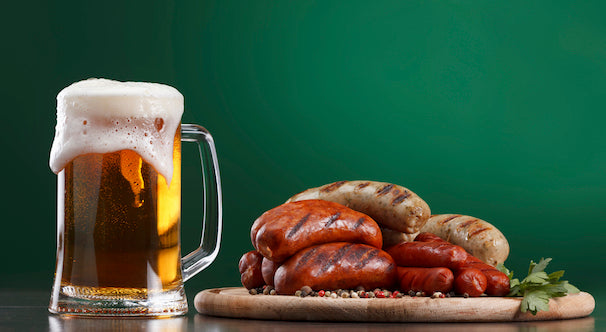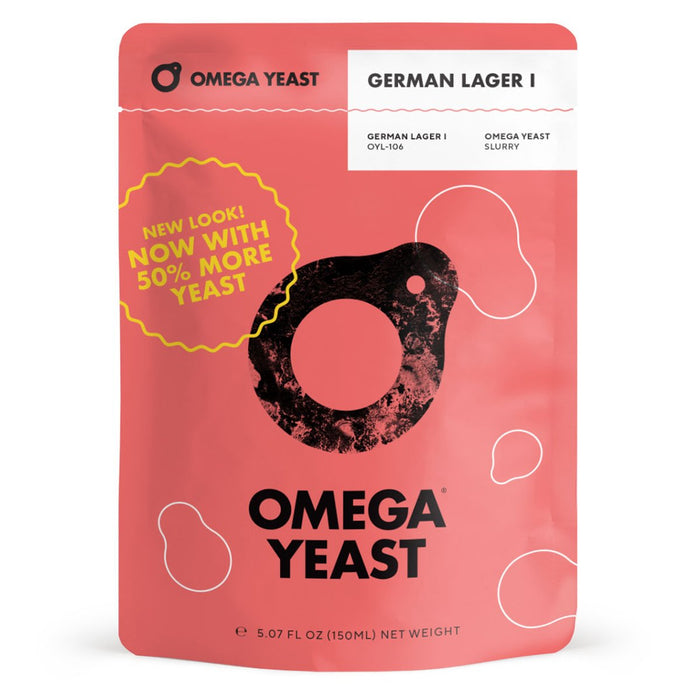October 16, 2018
How To Brew For Oktoberfest

What? It’s October already?
Not quite. But if you want to toast this German holiday with the right lager, the time to brew is now. Well, technically a few months ago; Oktoberfestbier is a Märzen beer, meaning that it’s brewed in March.
Don’t panic. There’s still time. While our Oktoberfest beer kit recommends 3 months, you can get ‘er done in 6 - 8 weeks and end up with a very tasty lager.
Oktoberfestbier
In the 1800s, German brewmasters worked overtime in spring to make sure their beer stores wouldn’t deplete during summer. Keep in mind: this was before modern temperature regulation and high temperature yeast strains. Brewing during the hot season was difficult. But imagine going through summer without any beer. Pheeeew.
Best Oktoberfest Beer
The traditional Oktoberfestbier leans on Munich malt, which gives the drink its characteristic amber color and toasty aroma. Moderate hop bitterness, but little hop flavor. As the BJCP Style Guidelines suggest, the aftertaste “encourages another drink.” No complaints there.

Oktoberfest Beer History
The brewmasters stored the surplus in caves and cool cellars to lager them. As fall started, grain and hops came in from the fields, and the cool Alpine winter was on its way. It was time to brew. But that new beer needed somewhere to go, and the only choice was the casks down in the cellar. In today’s words, it was time to drain the kegs. Naturally, they didn’t simply throw it away: the beer found its way into Munich’s fall celebrations. Most memorably, the 1810 Bavarian royal wedding - the very first Oktoberfest.
Now, we don’t think of Oktoberfest without Oktoberfestbier.
Not Able to Lager Right Now?

No sweat. It’s perfectly possible to make a copycat ale, but you’ll need to play around with yeast. Use a clean-fermenting ale strain, and ferment it at the lower end of its temperature range.
Possible strains:
Greg Doss of Wyeast discusses yeast and temperature for fermenting lager-style beers at ale-like temperatures.




